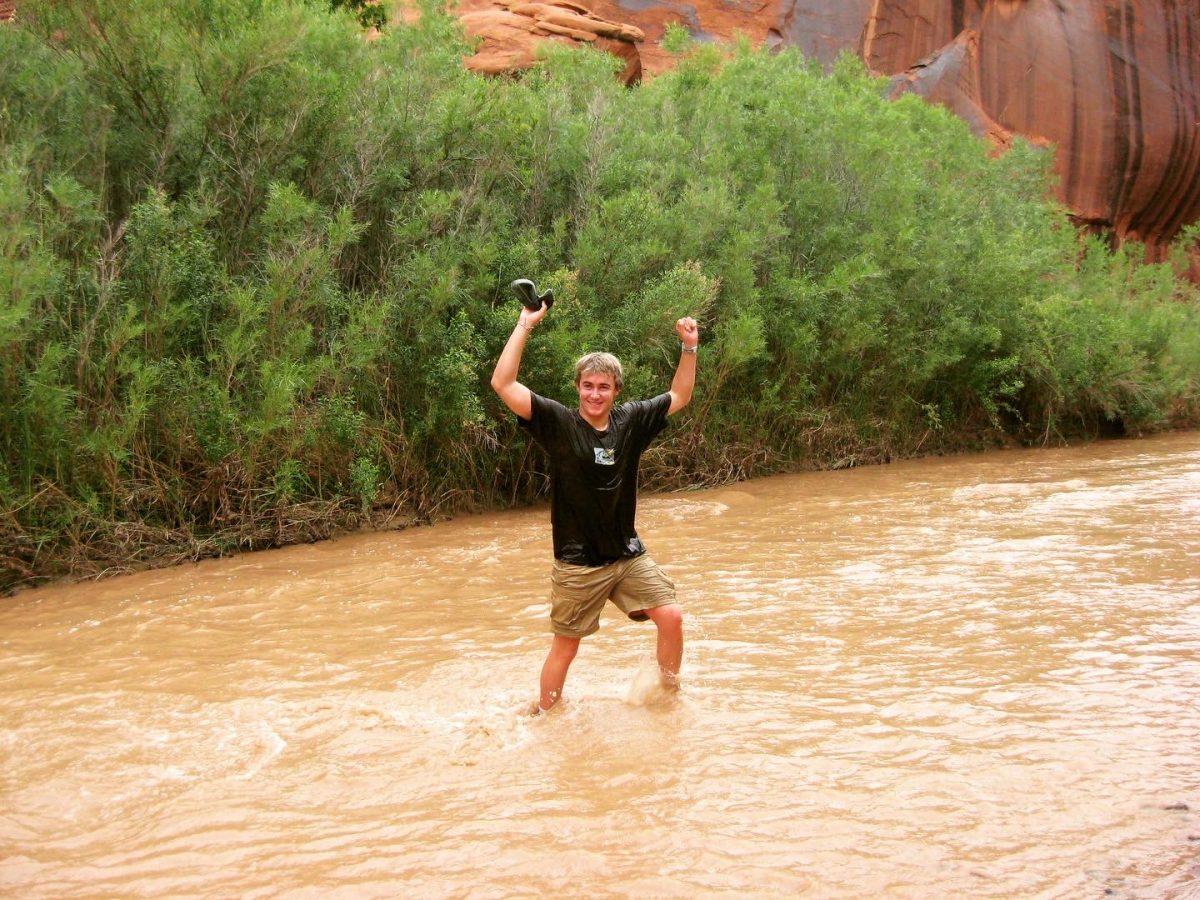If we can put a man on the moon in the 60s, we can do more.
In the span of 18 years, the United States had taken up, won, and accomplished a feat in which the likes of our species had only dreamed of. Like a page from a Jules Verne or H.G. Wells novel, in 1969 a man had set foot on the moon carrying thereon steel, jet fuel and the very essence of the American dream. In the aftermath of John F Kennedy’s bold declaration that we would put a man on the moon by the end of the 60s, we had done it.
In the span of 18 years, what could we do next?
Now to 2017. It is not often that I hear optimistic projections of what we as a species, and we as a country, could do in the next few decades. Every generation claims their future is ugly, but ours seems to do it with a whole new level of distrust and pessimism. And you know what? I’m kind of sick of how bleak we make ourselves out to be.
Yes, modern society has risen our sea levels by 2.7 inches, and our global temperature average by 52 degrees, according to NASA. Our current administration is looking to gut our current climate change policies like the Clean Power Plan.
These are vital signs to the drastic change in the climate of our world. But facing daunting challenge is exactly the kind of thing Americans, humans, have always been capable of triumph.
The signing of The Paris Agreement in April 2016, a United Nations Framework Convention on Climate Change (UNFCCC) lead charge to deal with greenhouse gases emissions mitigation, adaptation and finance, was a tremendous acknowledgment and promise for change. So why should we slow down? We’ve already begun this race. In the last eight years, nearly 4,000 new EPA regulations were added under Obama’s administration. Under Trump’s administration, the EPA, the very thing set in place to protect our environment, is facing a gutting of those new regulations with new EPA Head Scott Pruitt at the helm. He’s already called for an “exit” to the Paris agreement, according to the Washington Post.
But with desire to dismantle some of them for the sake of fossil fuel efficiency currency, I ask why we wish to travel backwards?
It is one thing to pledge to do a task, and another entirely to do the task. I encourage–I implore–us to take action. To run another race for the fantastic, for the so called impossible.
It’s what we do best.
Spurred by the Cold War in 1968, America had reached the moon running in massive leaps and bounds. But where has that sense of urgency gone? That sense of dire purpose and of pushing the limits of our world back to the furthest reaches? Do we only act when time is our greatest enemy? I would like to disagree.
Roughly four-in-ten Americans expect harmful effects from climate change on wildlife, shorelines and weather patterns, according to research conducted by the Pew Research Center in 2016. That number may seem small in retrospect, but it’s enough people who care. All it takes is one stubborn idiot who cares.
In as short of a time as 18 years, we put footprints in moon dust. In as short of a time as 18 years, we could reverse the damage we’ve done to the home every human being on this Earth knows.
Is it possible for us to put that much energy, that much attention and fire on ensuring future generations of kids the same green planet we all know? Can we promise them breathable air, can we promise them clean oceans, plentiful forests, and ice caps so white and solid, they seem to be nature’s great fortress?
We can. We care. We’re distrusting and cynical, but that doesn’t mean we allow those conditions to keep us from that 18 year jump to the moon. We seniors survived 18 years on this planet, so what’s to say we can’t do it on another. Or build another one of Verne’s science fiction oddities, or build them all.
So let’s drop the bleak cynicism, stop with the narrow minded pessimism, and let’s do something beautiful for our planet.







